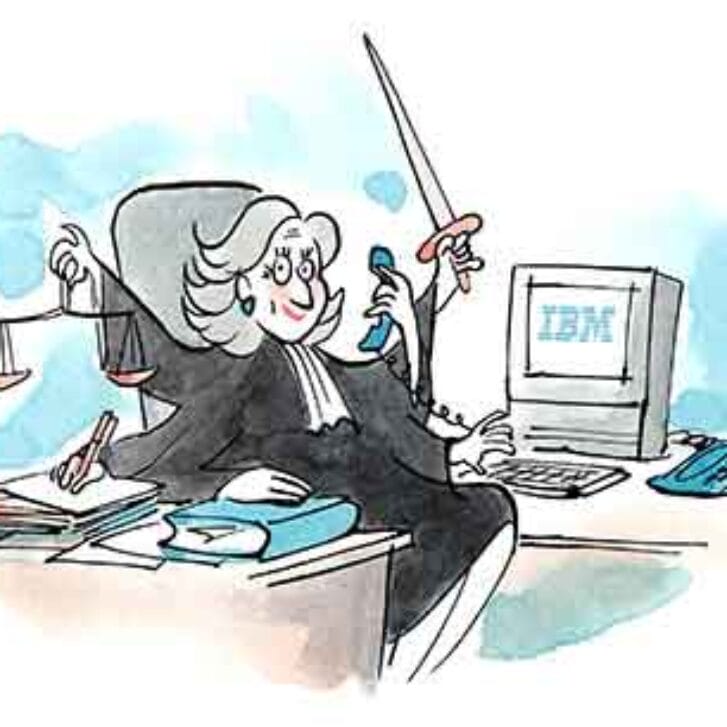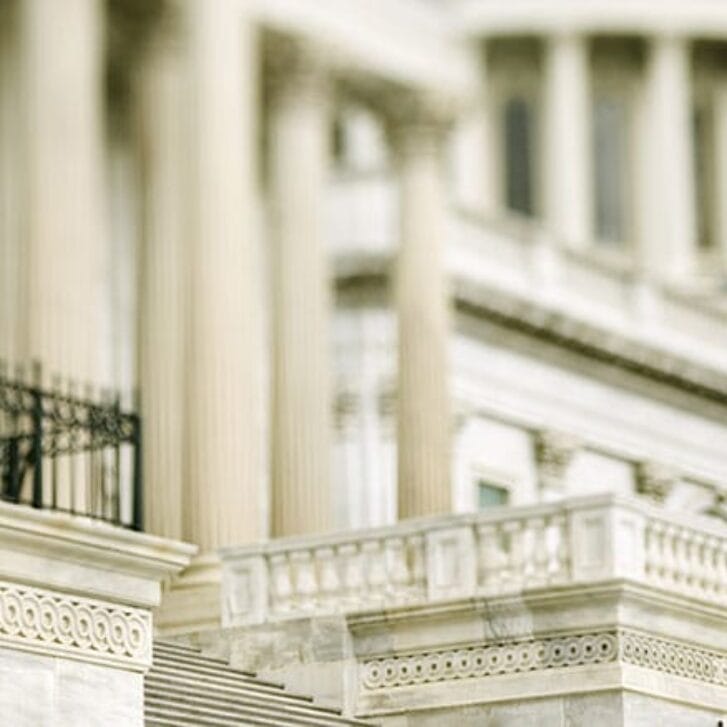It is hard to think of any year since the turn of the century that has not been marred by a catastrophe of one sort or another.
2001 brought the Sept. 11 terrorist attacks, 2004 the great Indonesian earthquake and tidal wave, 2005 Hurricane Katrina, and 2008 the near collapse of the world economic system. So far, 2010 has followed the trend as well: Just when the volcanic ash cloud that crippled European air travel had finally cleared, BP unleashed one of the nation’s greatest environmental disasters on the Gulf of Mexico. That catastrophe has battled for media attention with floods in Pakistan and China and a killer heat wave in Russia.
But if the 21st century is turning out to be the age of catastrophe, it is also turning out to be, it seems, the age of self-flagellation. The feelings of remorse triggered by recent disasters have frequently been accompanied by expressions of regret that, in the end, we have only ourselves to blame. Planners knew New Orleans was a disaster waiting to happen, yet did not do near enough to prepare it. BP saw the dangers of cost-cutting with their Texas City refinery explosion of 2005 and the Alaska pipeline spill of 2006, yet did not seem to sufficiently learn from either event. If we once saw catastrophes as evidence of the power of Gods, today we are more likely to see them as evidence of our own weaknesses—our inability to sufficiently prepare for the future or learn from losses in the past.
Why do we seem to have such trouble learning to prevent disasters? In a series of recent papers, my co-directors of the Wharton Risk Center, Howard Kunreuther and Erwann Michel-Kerjan, and I have argued for a simple—and not uncontroversial—position: That, by and large, we are just not cognitively wired to see the wisdom in investing to protect against negative events that are not in evidence now, but may arise in an uncertain distant future.
The story goes like this: As decision makers we have evolved to be highly skilled trial-and-error learners. The simple instinct to repeat actions that yield positive rewards and avoid those that do not is what allows us to learn to walk, ride a bike, and solve advanced math problems. It is also the mechanism that historically allowed us to successfully adapt to the threats posed by the natural world. In the same way that sickness from a certain plant taught us what not to eat, witnessing a village washed away by a storm surge taught us where not to build villages. The problem of the rarity of such events was overcome by using the tools of folklore—stories and myths that kept the key lessons of catastrophes and risk alive across successive generations (e.g., the ubiquity of flood myths).
Reflecting this, when European explorers first visited the Yucatan in the 1500s, they observed that most of the Mayan cities and temples were oddly located well inland, despite the fact that access to the sea was an important part of their sustenance and trade. The reason, as the Spanish were later to discover, was that the eastern Yucatan is an area that is particularly prone to impacts by severe hurricanes.
But today we adapt to risk in a quite different way; if a disaster wipes out a town, we do not concede the risk and build elsewhere. We rebuild in the same place. Now, in principle this could work if the buildings we constructed in the same location were impervious to the kind of hazard that first destroyed them, but more often than not that is not the case. The reason, simply, is that doing so would require us to engage in a kind of long-term thinking that we have not had much need for over the millennia: that of seeing merit in investing resources in preventive actions whose benefits are unlikely to be realized in the short term.
And here is the final straw: because the limited investments we make in mitigation and prevention are not completely ineffective, we are censored from viewing the limited damage imposed by mild—and more common—hazards that previously served as effective reminders of the riskiness of our environment. Add to the mix an expanding population exposed to peril and one has the perfect potential storm—a society that is unaware of the accelerating levels of risk that it has exposed itself to.
So how do we get over this? There is a solution, but it is not one that many will find palatable. If the reason we under-invest in protection is that we are incurably myopic, then the fix, obviously, is to constrain our options to alternatives that either force us to think long-term—such as requiring residents in flood zones to commit to long-term insurance contracts—or that do the long-term thinking for us, such as prohibiting coastal communities from building houses and condos on barrier islands. Unfortunately, if the recent public and congressional debate over the wisdom of regulatory reform of the banking industry is any indication, our collective appetite for such paternal nudging (however well intended) is likely to be limited. This, then, raises the bleak prospect that the scale of catastrophes that have marked this past decade will only continue to escalate, due, in large part, to our lacking the cognitive engineering needed to stop it.
But there is also an alternative, more optimistic, view.
While our thinking skills may be imperfect, we are good at learning from trial-and-error, at least given the time. In the same way that the Mayans eventually figured out that it made little sense to build expensive structures on coasts vulnerable to hurricanes, we can hope that this decade of catastrophe and self-blame will turn out to have had a similar positive learning effect on improving how we think about and value preparedness. In a world where one can’t simply relocate a city that turns out to be poorly located, sustainability requires skills in long-term thinking—the ability to recognize the long-term implications of short-term actions.
The sooner that we develop and widely implement those skills, the sooner we can hope that decades such as this one will one day be things of the past.

























